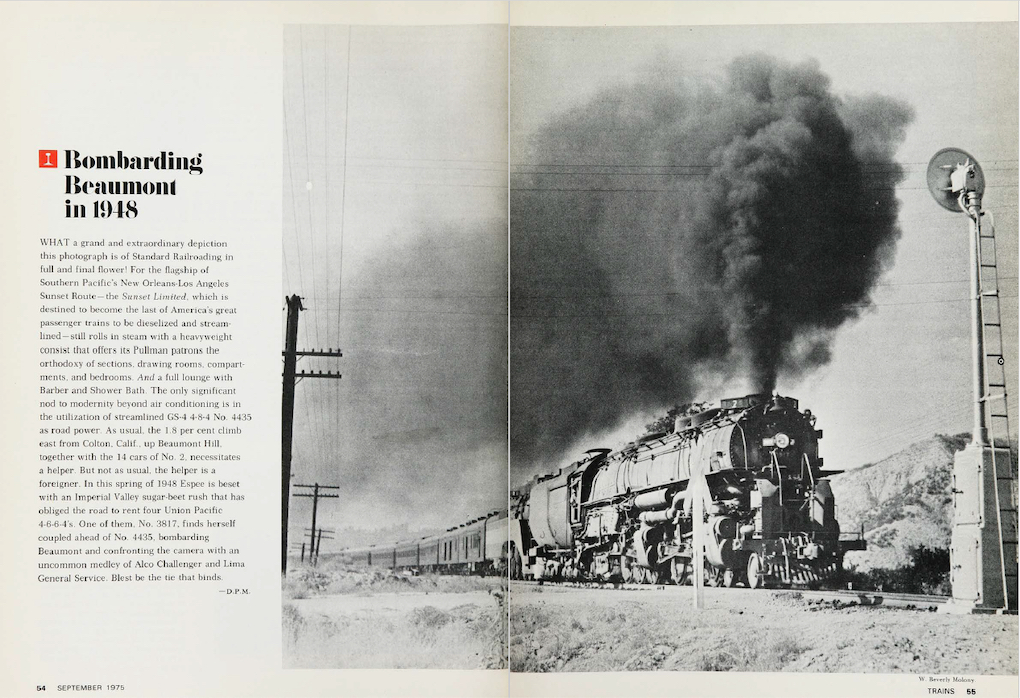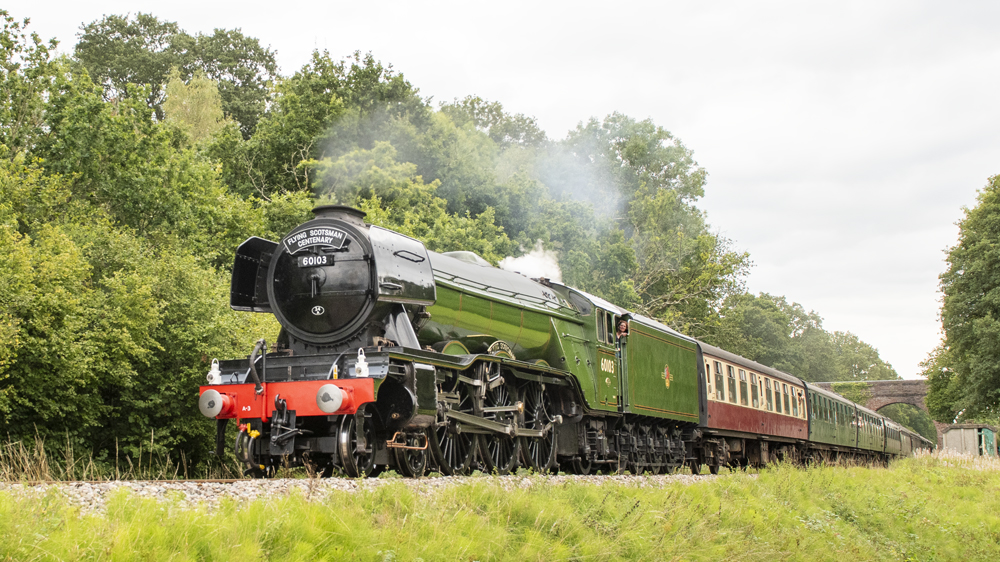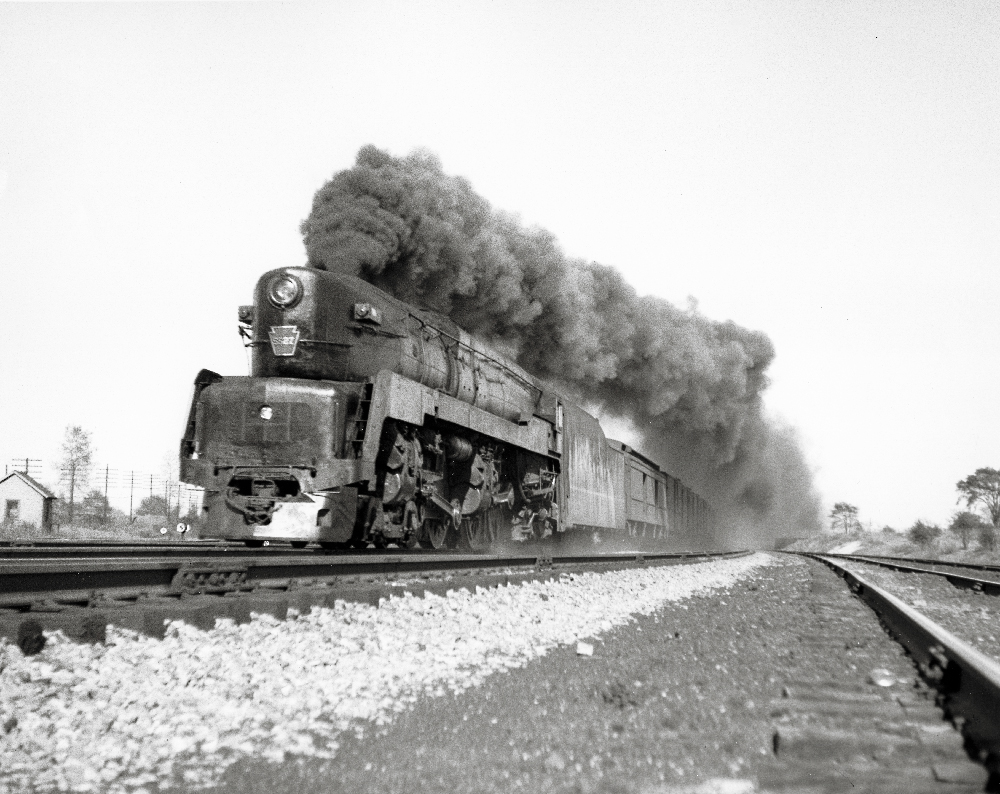Locomotive’s ditch lights
With the implementation on December 31, 1997, ditch lights in the United States have been required for 25 years. First used in North America in the 1960s, Canadian National first used them in its mountainous territory out west. Transport Canada eventually standardized them on all Canadian railroads a decade later.

What’s the rule?
Rules in the U.S. state that ditch lights are only required to be used on equipment operating over public grade crossings at speeds greater than 20 mph. Federal regulations require a minimum spacing between the ditch lights relative to their position from the headlights on a locomotive, as well as a minimum height above the rail. Trains must have both ditch lights operational before leaving a facility where an initial terminal inspection is performed. For instance, if a train loses a ditch light enroute it may continue on, but it must be repaired prior to the next daily inspection.
If the locomotive was built before December 31, 1948, the rule has a section allowing it to be exempt if not used in regular commuter or intercity passenger service. This rule covers select diesel locomotives and steam engines still in operation — although many operators still opt to equip their train for safety purposes. Operators such as museums and preservation groups with equipment built after 1948 typically prefer to install removable ditch lights on classic locomotives. This allows them the freedom to retain the “as-built” appearance for photos and other events while still complying with the rules.
Did you know?
During the 1990s, when railroads were racing to equip their existing locomotive fleet, they would install ditch lights in various positions on their existing equipment. Some would mount them on the walkway above the pilot or on the front pilot itself. BC Rail used two sets of ditch lights on many of its locomotives to assist crew members along its curve-intensive territory. This enabled them to better see around corners at night to quickly spot obstructions such as rockslides. CN’s acquisition of BC Rail means a handful of these unique locomotives are still operational system-wide today. New freight locomotive builders have standardized ditch light placement on the outside edge of the front anticlimber on a small mounting pedestal. Passenger locomotive placement varies widely based on the unit’s design and available space on the front.













